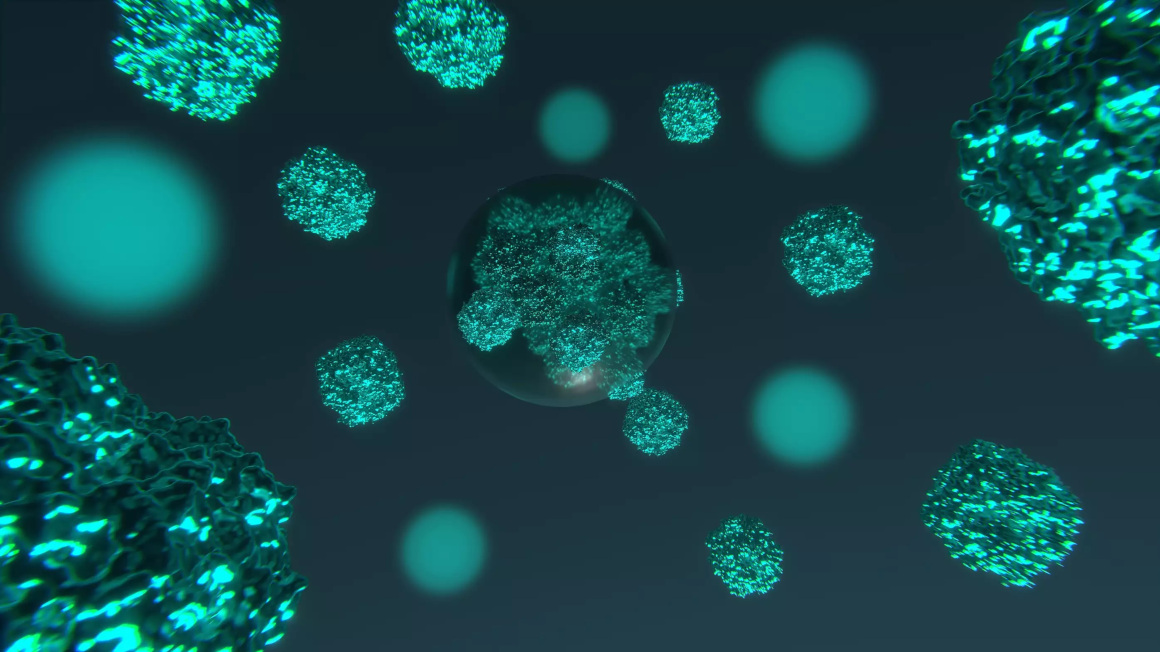
Air samples were collected during an expedition of the research vessel Heincke in 2021. The data reveals the amount of different types of plastic in the ocean air. Analyses showed that microplastic particles from polyester and other plastics such as polyethylene terephthalate (PET), polypropylene (PP), polycarbonate and polystyrene were present in all samples. The most common sources of these particles include textile fibres and tyre wear from cars. The concentration of microplastics in the air reached up to 37.5 nanograms per cubic metre.
Microplastics enter seawater in various ways: via rivers, but also from the atmosphere, from which the particles are washed out by rain, for example. Ships are also a potential source: An earlier study showed that ship paints in the open North Sea are the largest source of microplastics. In the current study, ingredients of paints such as polyurethanes or epoxy resins were also found in the air samples.
In addition to researchers from the ICBM, the study also involved researchers from the Alfred Wegener Institute, Helmholz Centre for Polar and Marine Research (AWI) in Bremerhaven, the Technical University of Berlin, the Norwegian Institute for Air Research (NILU) and the Norwegian Institute of Public Health (NIPH). The results were published in the journal Nature Communications.


